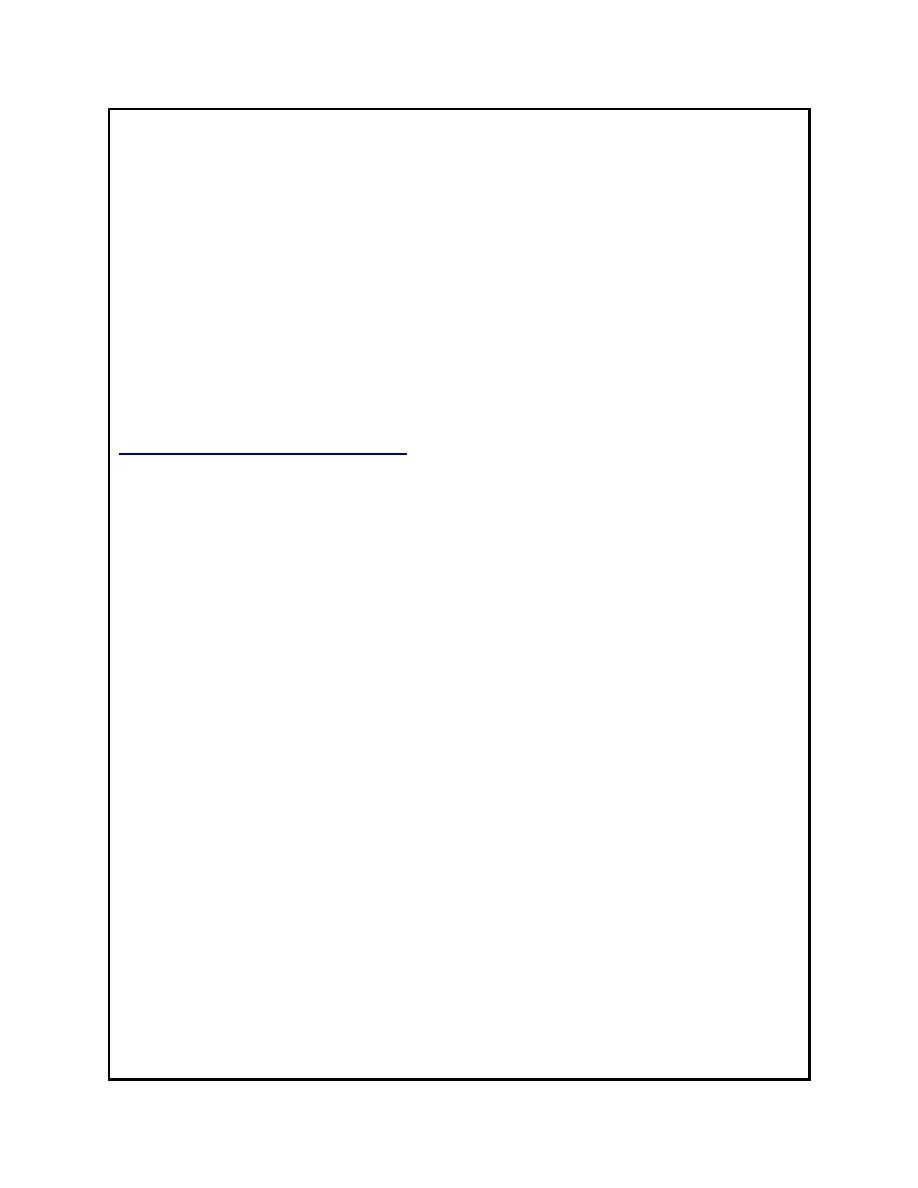 |
||
|
|
||
|
Page Title:
Treatment of Copper-Contaminated Marine Sediments |
||
| |||||||||||||||
|
|
 Treatment of Copper-Contaminated Marine Sediments
Category:
Environmental Dredging
Operating Procedures
Description:
Recent developments in physical and chemical system handling of contaminated sediments,
performed on the 1993/94 Port of San Diego Cleanup Project
The principal contaminant was copper. Twenty-one-thousand cubic yards of copper
contaminated sediments were dredged using a 4-yd3 enclosed clamshell bucket within a silt
curtain. Sediments were tested as they were being dredged. Sediments having concentrations
over 2,500 PPM were treated by a physical separation system. Sediments containing less than
2,500 PPM were treated by chemical fixation. Physical separation treatment using hydrocyclones
processed approximately 9 tons/hr. Approximately 1,100 tons of copper-containing sediment
were recycled to a mining facility in Arizona. Chemical fixation treated up to 100 tons/hr. At a
compaction rate of up to 95%, 17,800-yd3 of chemically fixated sediments were placed in the
onsite repository. Some 356 tons of ferrous material and 713 tons of non-ferrous material were
screened and separated from the dredged sediments. All of this material was either sent to a scrap
metal recycler, landfill, or private metal handler.
Reviewer:
C. Woolley
Company / Organization(s):
Projects Completed:
Port of San Diego Copper Cleanup Project
Location:
San Diego, California
Completion Date:
1994
Project Contact:
Eileen Maher
Project Cost:
$8.5 million
Information Sources:
Literature:
Month:
5
Year:
1995
LitType:
Report/Proceedings
Publisher:
WEDA 16
Page:
213
104
Chapter 5 Other Technologies Reviewed
|
|
Privacy Statement - Press Release - Copyright Information. - Contact Us - Support Integrated Publishing |